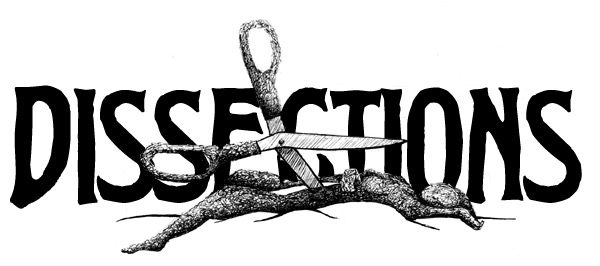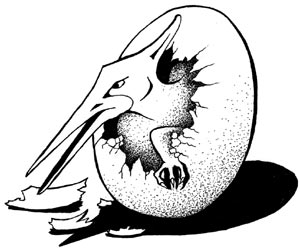[an error occurred while processing this directive]


Book Review
Anya Heise-von der Lippe (2021) Monstrous Textualities: Writing
the Other in Gothic Narratives of Resistance. University of Wales
Press.
Gina Wisker
At a moment when the truly monstrous everyday replaces and utterly undermines any ‘normal’, Anya Heise-von der Lippe offers a rich, radical new exploration of the work of four great women writers: Toni Morrison, Angela Carter, Shelley Jackson and Margaret Atwood, through ways in which they leak in, centre-stage and question constructions and representations of the abject and monstrous, destabilising a humanist subject position and forms of restrictive, blinkered normalisation. She focuses on Gothic corporeality, the constantly abjected ‘monstrous’ female body, and in addressing destructive Otherising, exposes forms of repression which construct, embody then vilify a version of what is labelled monstrous in relation to size, shape, sexuality, set against an artificial ideal. Building on her earlier Posthuman Gothic (2017), she argues bodies rendered monstrous are actively radical and ‘trouble binaries and undermine stable hierarchies’. Engaging the work of Rosi Braidotti and Donna Haraway suggests ways in which critical posthumanism challenges reductive behaviour, offering more inclusive perspectives and narratives, liberating and celebrating difference, including through textual categorisations and judgments.
An early piece by Anya Heise-von der Lippe on Toni Morrison and hauntology was published in Dissections, so I am particularly interested here in her insightful work on Morrison. In this new book, Anya notes that in Beloved Morrison uses ‘spectral invasions to draw attention to the brittleness of cultural constructions of reality and normality based in the abjection of a suppressed spectral Other’ (p. 36) and focuses on how Morrison has a particular way of attaching the traumatic to the spatial, here Sethe’s haunted house, but also the many houses with their many attics which are haunted by the ghosts of slavery itself. For Anya, Morrison has traumatic events ‘cling to a specific location, creating a form of culturally specific, localised haunting’ (p. 37).
Frankenstein is an important influence and pivotal connection throughout, read as informing narratives of resistance to gendered and racial exclusionary practices. One of the main structuring arguments builds on this connection, reading ‘monster texts in the feminist tradition of Frankenstein as narratives of resistance against the normalisation processes inherent in patriarchal structures that exclude women (and other Others) and theorise the exclusion of women as a normative process often discursively based on seemingly individual, situationally specific arguments’ (p.40).
Anya Heise-von der Lippe creates and manages complex ideas
and arguments with carefully focused, critically informed, imaginative
readings of her chosen texts, exposing monstrous patchwork constructions
of women, like cursed cultural linguistic and literary heirlooms, suggesting
instead possible positive, creative versions, new posthuman Gothic visions.
Home
